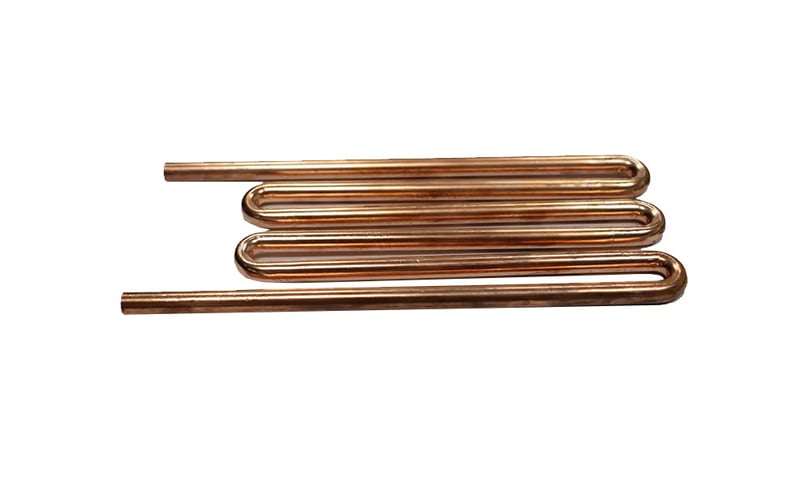Introduction to Heat Pipes
Heat pipes are innovative cooling solutions that have revolutionized the way data centers manage thermal loads. By transferring heat through a closed-loop system using the principle of evaporation and condensation, heat pipes provide silent and efficient cooling for big loads.
Benefits of Utilizing Heat Pipes
One of the main advantages of using heat pipes in data centers is their silent operation. Unlike traditional cooling methods that rely on noisy fans, heat pipes are completely silent, making them ideal for environments where noise is a concern. Additionally, heat pipes require minimal maintenance and have a long lifespan, reducing operational costs for data center operators.
Increased Energy Efficiency
Heat pipes offer increased energy efficiency compared to traditional cooling methods. By utilizing the passive cooling properties of heat pipes, data centers can reduce their energy consumption and lower their carbon footprint. This not only benefits the environment but also helps data centers save on operating costs in the long run.
Scalability of Heat Pipe Systems
One of the key advantages of heat pipes is their scalability. Data centers can easily expand their cooling systems by adding more heat pipes, allowing them to adapt to increasing thermal loads without the need for extensive modifications to the existing infrastructure. This flexibility makes heat pipes an attractive cooling solution for data centers of all sizes.
Reliability and Durability
Heat pipes are known for their reliability and durability. By eliminating the moving parts that are prone to mechanical failure in traditional cooling systems, heat pipes offer a more robust cooling solution for data centers. This reliability ensures uninterrupted cooling for big loads, reducing the risk of downtime and data loss.
Thermal Management in Data Centers
Effective thermal management is crucial for the performance and longevity of data center equipment. Heat pipes play a vital role in maintaining optimal operating temperatures for servers, storage units, and networking devices. By efficiently dissipating heat, heat pipes help prevent overheating and ensure the reliable operation of critical infrastructure.
Integration with Existing Cooling Systems
Data centers can integrate heat pipes with their existing cooling systems to enhance overall efficiency. By complementing traditional cooling methods with heat pipes, data centers can achieve better thermal management and reduce the strain on their cooling infrastructure. This integrated approach maximizes the cooling capacity while minimizing energy consumption.
Environmental Impact of Heat Pipe Cooling
Heat pipes offer a sustainable cooling solution for data centers that aligns with environmentally friendly practices. By reducing energy consumption and operating noise, heat pipes help data centers minimize their carbon footprint and contribute to a greener IT industry. This eco-friendly approach to cooling is essential for meeting sustainability goals and regulations.
Future Trends in Heat Pipe Technology
As data centers continue to grow in scale and complexity, the demand for efficient cooling solutions like heat pipes is expected to rise. Future trends in heat pipe technology include advancements in materials and design, as well as integration with emerging technologies such as liquid cooling and AI-driven thermal management systems. These innovations will further enhance the performance and reliability of heat pipes in data centers.
Conclusion
Heat pipes offer a silent and efficient cooling solution for data centers dealing with big loads of thermal energy. With their numerous benefits, including energy efficiency, scalability, reliability, and environmental sustainability, heat pipes are becoming increasingly popular in the data center industry. By investing in heat pipe technology, data centers can achieve optimal thermal management and ensure the long-term reliability of their critical infrastructure.
Quote Inquiry
Contact us

